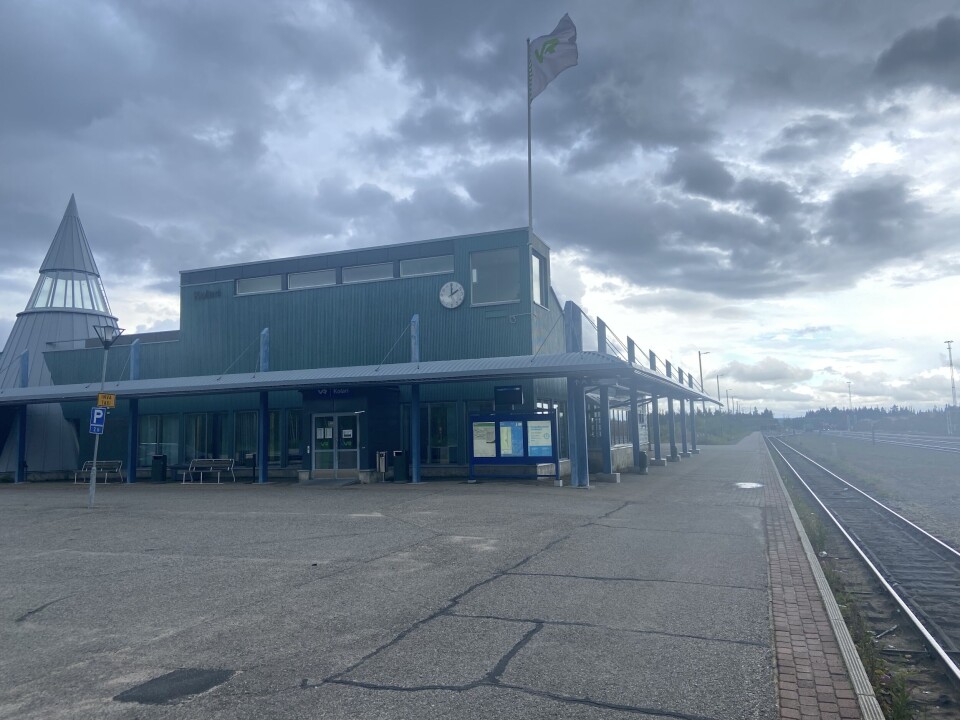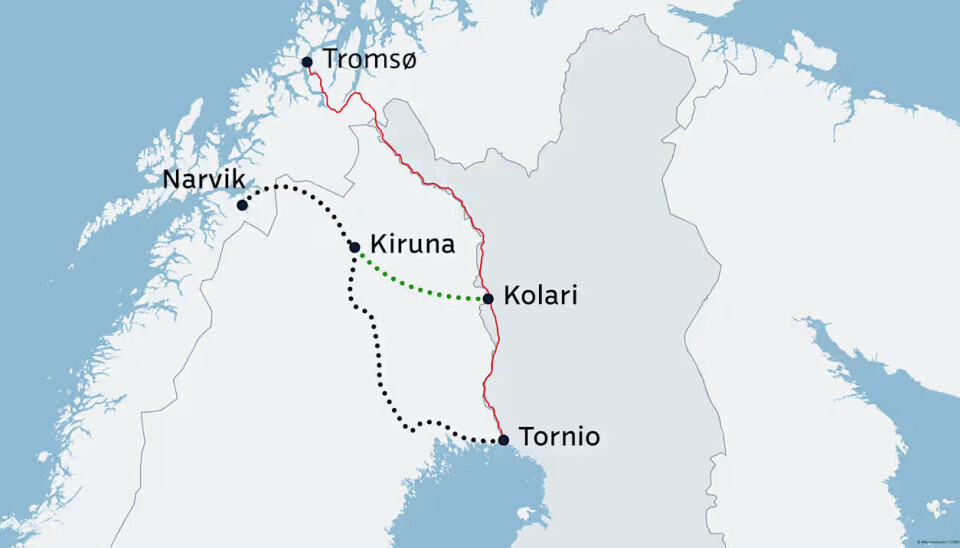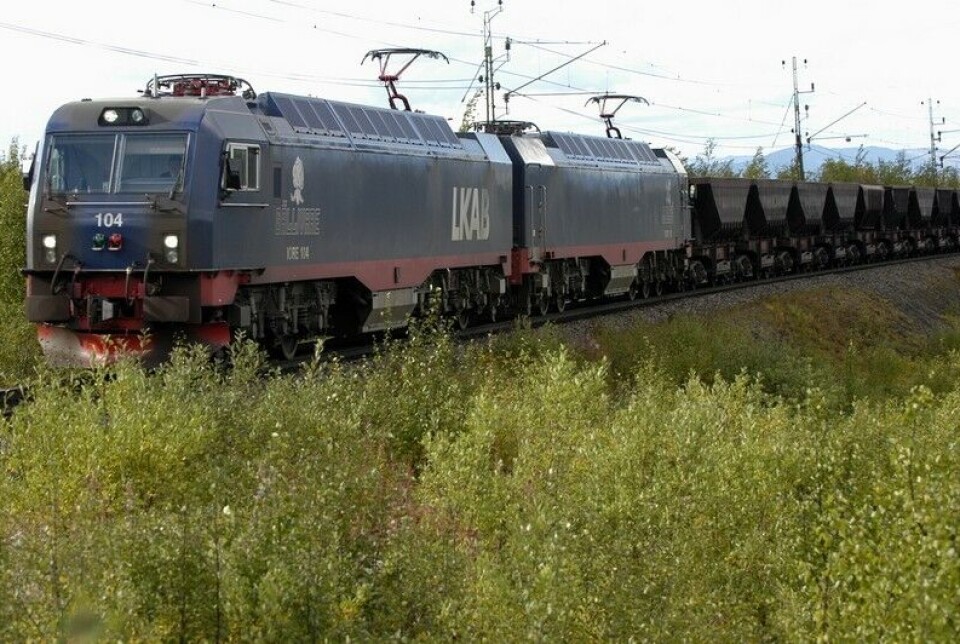
Finland invests in future rail link to Norwegian Sea
Finland is under pressure to switch its rail to the standard European gauge. In the first phase, a planned train line is to run between Kemi and Haparanda, Sweden.
Planning for a rail connection from Kemi to the port of Narvik in northern Norway will begin this year, the government decided in mid-term budget framework talks on Wednesday. It sees the train connection to Narvik as important for security of supply in times of crisis.
In the first phase, a standard European-gauge railway will be built between Kemi, Tornio, and the neighbouring Swedish town of Haparanda, a distance of some 30km.
At present, seamless cross-border rail traffic is not possible because Finnish tracks are nine centimetres wider than European standard tracks. Like Estonia, it still uses a width commonly used in the nineteenth century, referred to as the “Russian gauge”.
This week, the government of Prime Minister Petteri Orpo (NCP) earmarked 20 million euros for an initial track gauge study.

Costly, long-term project
Minister of Transport Lulu Ranne (Finns) described the transition to a new track gauge between Haparanda and Kemi as the first step in a long-term project.
Ranne said that the European Commission has pressured Finland to move toward changing its track gauge, which would be a hugely expensive long-term project.
“The European Commission, Nato and the Finnish Defence Forces have made assessments of the most urgent major European military mobility project. It is this,” she declared.
The EU’s TEN-T Regulation, which enters into force this summer, includes requirements for the study and planning of the transition to the standard 1,435 mm track gauge in countries with different track gauges. Finland now uses a 1,524 mm track gauge, which dates back to the nineteenth century.
Narrower-gauge tracks planned to Oulu and Rovaniemi
The Finnish Transport Infrastructure Agency (FTIA) is planning a narrower-gauge rail line first to Kemi and in the future also to the major northern city of Oulu and the village of Misi in Rovaniemi, near a Defence Forces depot and shooting range. On the Swedish side, existing tracks already connect Haparanda with Narvik via the Swedish mining towns of Kiruna and Gällivare.

According to a preliminary Transport Ministry estimate, modifying the track as far as Oulu would cost more than 1.5 billion euros.
According to Ranne, more specific details will be revealed once the planning process gets underway.
“This is planning money for a few years. I would say that there are plenty of gauge-switching plans for the whole of Northern Finland into the 2030s,” Ranne said.
According to Ranne, Finland has been working on the issue in partnership with authorities in Nato ally countries Sweden and Norway.
A uniform track gauge would be decisive for national defence. For example, Nato could transport equipment to Finland by rail. However, Ranne noted that track plans are not just a security issue.
“A project of this scale, which boosts smooth transport, accessibility and operating conditions for business, is also a strong growth measure,” she argued.
Ranne predicted that rail overhaul projects would have a significant employment impact in Lapland and Northern Finland.
Rail bottleneck
Lapland Regional Governor Hannu Takkula hopes that the track work will begin promptly.
“The Narvik rail connection is part of our regional plan. The connection is important for security of supply,” said Takkula, a former Centre Party MP and MEP.
Ari Mure, deputy commander of the Lapland Jaeger Brigade of the Finnish Defence Forces, said that the northern rail connection is currently a real bottleneck.
“Now nothing can cross the border without special arrangements,” he told Yle.
Mure pointed out that compatible rail connections are crucial in transporting heavy military equipment, especially in crisis situations.
-------------
This story is posted on the Barents Observer as part of Eye on the Arctic, a collaborative partnership between public and private circumpolar media organisations.













